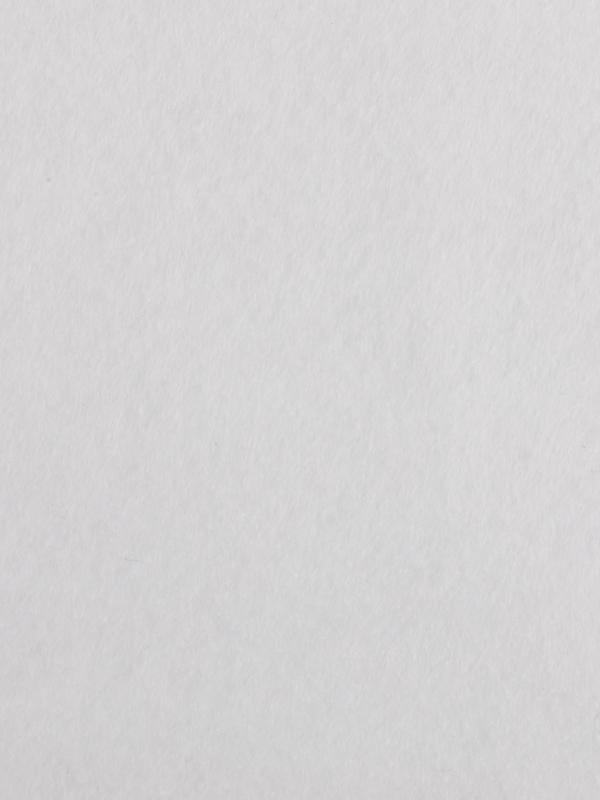Industry knowledge about this item
Apparel and Garment Industry: Needle punch nonwoven interlining is often used in the apparel and garment industry for adding structure, shape, and stability to clothing items. It is used to reinforce collars, cuffs, waistbands, and other areas that require extra support.
Home Furnishings: This type of interlining is used in home furnishing applications such as curtains, drapes, and upholstery. It can provide thermal insulation, improve fabric durability, and enhance the drape of the material.
Automotive Industry:
Needle punch nonwoven interlining is used in the automotive sector for various applications, including carpet backing, door panels, headliners, and seat covers. It can provide cushioning, sound insulation, and structural reinforcement.
Footwear Industry: In the footwear industry, needle punch nonwoven interlining is used to reinforce various parts of shoes, such as the toe and heel areas. It enhances the shape retention and overall durability of the footwear.
Bags and Luggage: Interlining materials are used in bags, backpacks, and luggage to provide structure and support. Needle punch nonwoven interlining can be used to reinforce bag handles, flaps, and other critical areas.
Industrial and Technical Textiles: In industrial applications, this type of interlining can be used for filtration, as protective barriers, and in geotextiles for erosion control and soil stabilization.
Medical and Hygiene Products: Needle punch nonwoven interlining can be used in medical products like surgical gowns, masks, and wound dressings. It can also be used in hygiene products like diapers and sanitary napkins.
Crafts and DIY Projects: Crafters and hobbyists use needle punch nonwoven interlining for various creative projects. It can be used as a stabilizer for embroidery, appliqué, and fabric-based crafts.
Sporting Goods: This type of interlining can be found in sports equipment like protective gear, backpacks, and sportswear. It provides reinforcement and cushioning in areas that experience high stress or impact.
Toys and Soft Goods: Needle punch nonwoven interlining can be used in the construction of stuffed animals, plush toys, and other soft goods to provide structure and shape.
Are there different grades or qualities of needle punch nonwoven interlining available in the market?
Yes, there are indeed different grades or qualities of
needle punch nonwoven interlining available in the market. Needle punch nonwoven interlining is a type of fabric used in various industries, such as apparel, automotive, and home textiles, to provide structure, stability, and other desired properties to the final product.
The quality and performance of needle punch nonwoven interlining can vary based on several factors:
Fiber Type: The type of fiber used in the interlining can significantly impact its quality. Common fibers include polyester, polypropylene, viscose, and blends of these materials. Different fibers have varying levels of strength, durability, and heat resistance.
Weight: The weight of the interlining is usually measured in grams per square meter (gsm) or ounces per square yard (oz/yd²). A higher weight often indicates a denser and more substantial interlining, which can provide better support and stability.
Density: The density of the interlining refers to how tightly the fibers are packed together. Higher density interlinings are generally more robust and offer better dimensional stability.
Thickness: Thicker interlinings can provide more pronounced effects, such as increased stiffness or insulation. The choice of thickness depends on the desired outcome of the end product.
Bonding Strength: The interlining is created by needle-punching the fibers, which mechanically entangles them to form a fabric-like structure. The strength of these entanglements can impact the interlining's durability and performance.
Finish and Coating: Some interlinings might have specialized finishes or coatings to enhance specific properties, such as water resistance, flame retardancy, or adhesive compatibility for fusing to other fabrics.
Compatibility: Interlinings come in various types designed for different fabric types, such as woven, knits, or nonwovens. Choosing the right interlining type that is compatible with the outer fabric is crucial for achieving the desired results.




